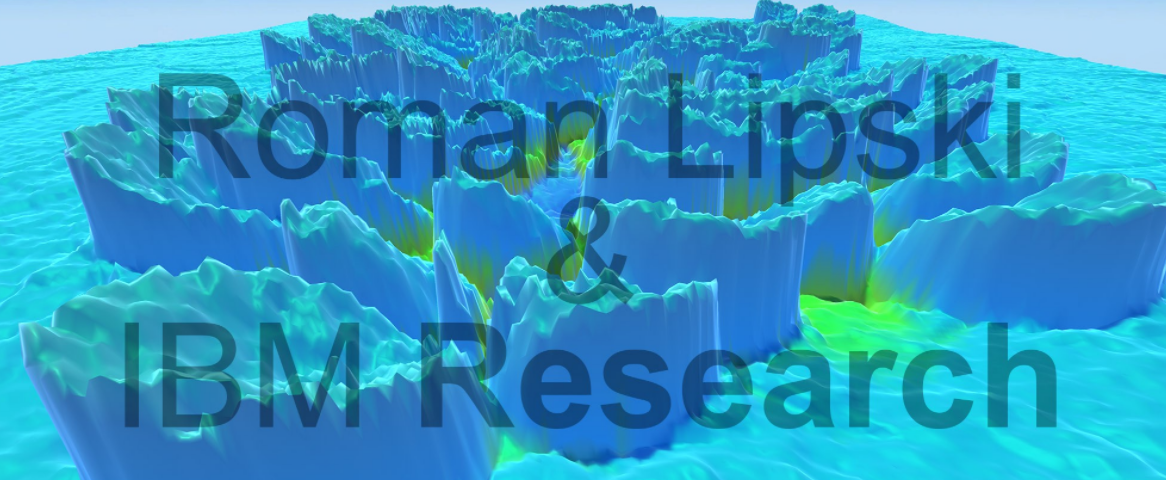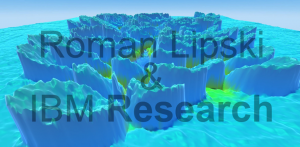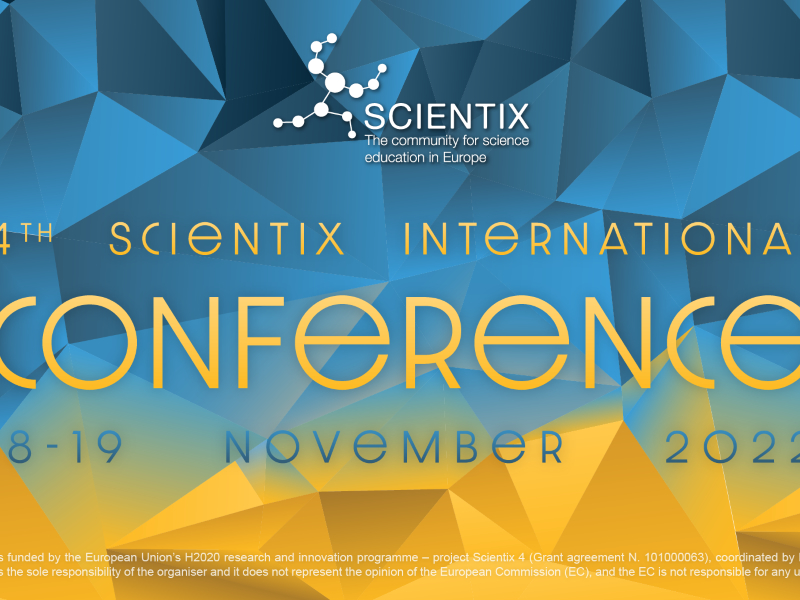Quantum Blur, artists and scientists in a new way of making art

The artist Roman Lipski, through creative interaction with quantum scientists James Wootton and Marcel Pfaffhauser, and inspired by scientists Walter Riess and Mira Wolf-Bauwens, is making the invisible visible, and making the usual unusual using quantum computing (Quantum Blur, IBM Research Europe – Zurich).
This exhibition is the first of its kind, involving an active collaboration between quantum scientists and an artist with a history of incorporating artificial intelligence into his artwork. The exhibition employs a new type of quantum-based image manipulation – called Quantum Blur – to discover the invisible and produce a completely new type of art.
What is Quantum Blur?
Quantum blur is an image manipulation process based on quantum computing. The image is expressed as a quantum state then modified using quantum software. This allows different parts of the image to diffuse and combine through the principle of quantum interference. This creates new and unique variations of the original image, allowing it to be seen from new perspectives.

“This exhibition has been an important journey in my life as an artist,” said Lipski. “It has shown me that modern technology can be a facilitator for an artist’s vision. I recently started working with Quantum Blur, which has been a real eye-opener for me. I am now more excited than ever for the future to come.”
On 25 November 2021, Quantum Blur’s first exhibition will open in Berlin. Both new artworks and completely reworked versions of previous works, with the help of Quantum Blur, will be on display.
Making the invisible visible is an important theme of the exhibition – Lipski’s work reveals the invisible world of selected objects with the help of quantum computing. The exhibition will emphasise the variety of possibilities that Quantum Blur allows and may allow in the future.
This collaboration between artists and scientists is just the beginning of an exciting journey.


